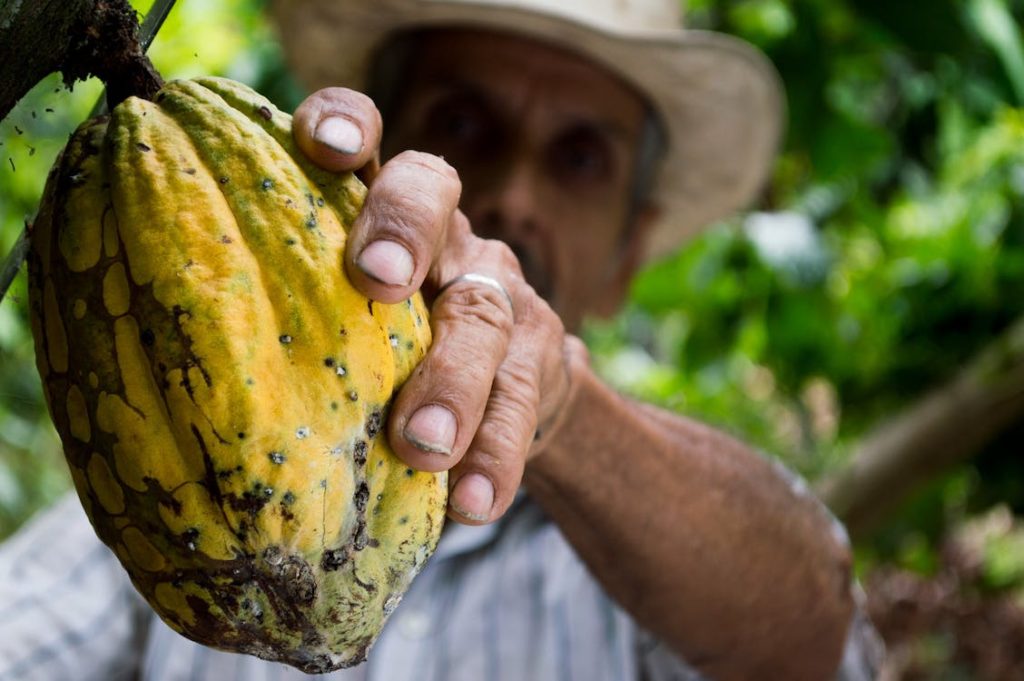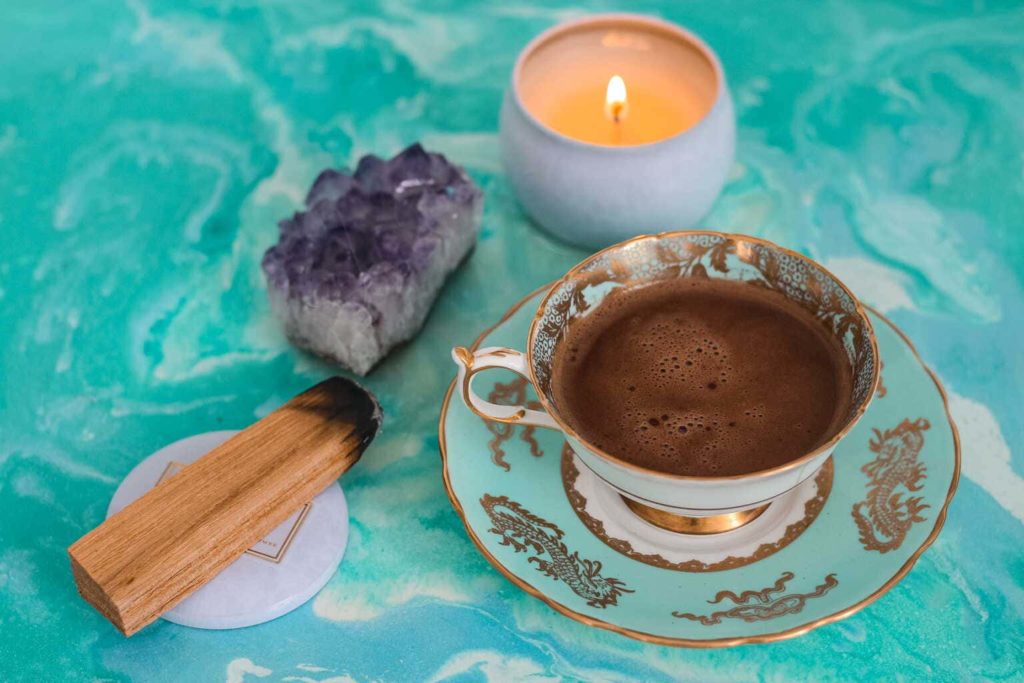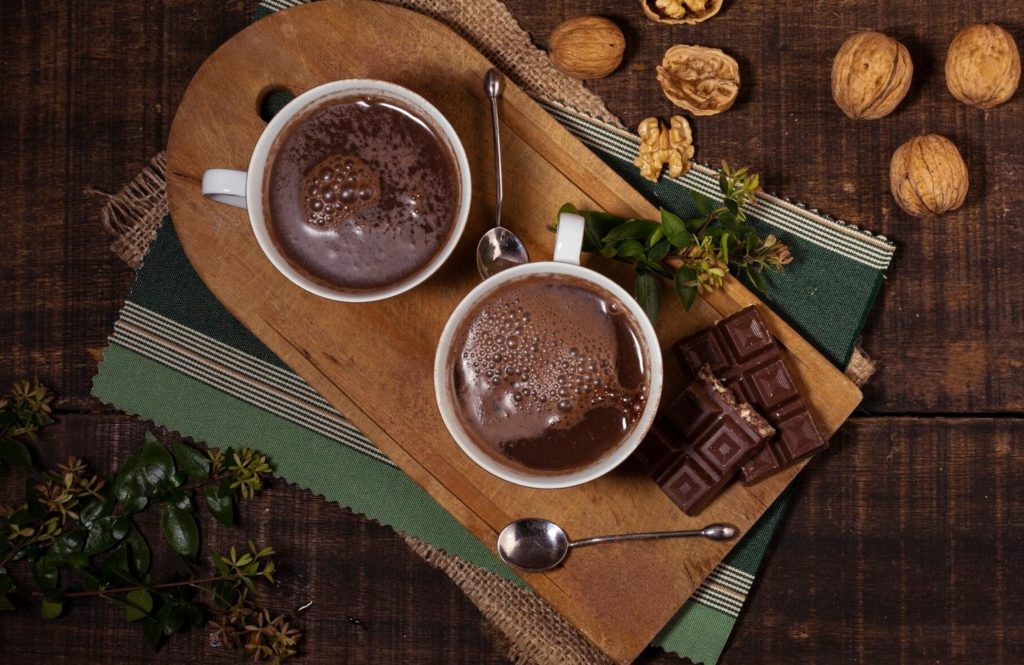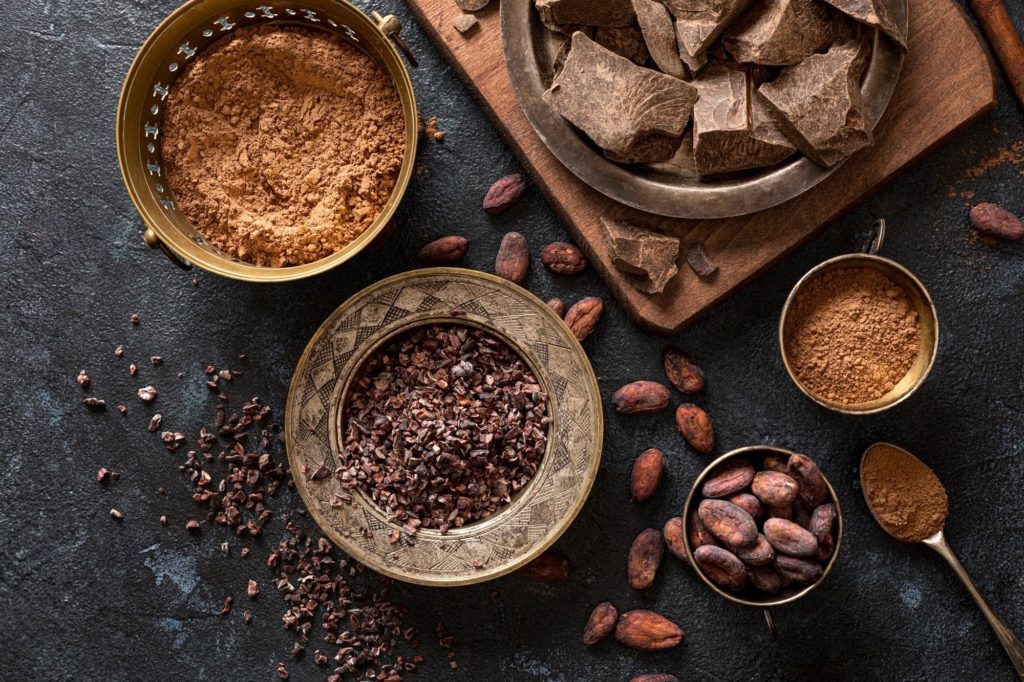Today, cocao is a popular and widely consumed food that is enjoyed in many different forms and flavors. But how did it come about that we enjoy eating chocolate and drinking cocoa so much today? In this article, we will take a closer look at the origins of cocoa and how this plant has evolved from its roots with the indigenous people of South America into a thriving global industry.
The origin of cacao
The history of the origin of cacao begins in the tropical rainforests of South America, particularly in the Amazon region. There, the cacao tree grew in the wild and was discovered by the indigenous people more than 2,000 years ago. The Mayas and Aztecs cultivated the cocoa tree and anchored it in their culture and religion.
The importance of cacao in Aztec culture
The Aztecs valued cocoa not only as a food and luxury food, but also as currency. The value of cocoa was so high that it was even accepted as a tax payment. The Aztecs drank cacao as a chocolate drink called “xocolatl”, which means “bitter water”. The preparation of the drink was complex and involved roasting, grinding and mixing cocoa beans with water, spices and sometimes even chili.
Cacao was a valuable commodity for the Aztecs. It was seen as a symbol of wealth and power. The Aztecs believed that cocoa increased a person’s strength and energy. It was therefore also given to warriors and athletes. Cacao was also used as a means of payment in Aztec culture. It was used to buy goods and services. Furthermore, cocoa beans were also used as gifts to gain the favor of gods and humans.
The preparation of xocolatl was a complex process. The cacao beans were first roasted to give them their characteristic flavor. They were then ground and mixed with water, spices and sometimes even chili. The drink was very bitter and was therefore refined with spices such as vanilla, cinnamon or pepper. Chili was added to make the drink warming. Xocolatl was also used in religious ceremonies. It was sacrificed to the gods and served to priests and nobles, as the Aztecs believed that xocolatl strengthened the connection between humans and the gods.
The discovery of cacao by the Europeans
In the 16th century, the Spanish brought cocoa to Europe and refined the preparation of the drink by adding sugar and milk. Chocolate quickly became a sought-after luxury good and spread throughout Europe in the 18th and 19th centuries. Over time, chocolate production developed into a global industry. In the 19th century, new chocolate production processes were developed that made production more efficient and cheaper. This made chocolate affordable for a wider section of the population.
Cacao cultivation and processing today
Today, cocoa is grown all over the world, particularly in West Africa, Latin America and Asia. The processing of cocoa has evolved over the years to produce chocolate in many different forms and flavors. The cacao tree grows in the tropical rainforests, where it is cultivated under shade trees. Harvesting is done by hand and the cocoa beans are dried in the sun or in special drying facilities.
The cocoa beans are processed in several stages, including roasting, breaking and peeling the beans, grinding them into cocoa mass and conching, where the chocolate is smoothed and refined. The chocolate is then processed into various products, such as chocolate bars, pralines and chocolate bars.
Conclusio
In summary, it can be said that the history of cocoa is closely linked to the culture and history of South America. The indigenous people cultivated the cacao tree over 2,000 years ago and valued it not only as a food but also as a currency. The Spanish brought cocoa to Europe, where it became a coveted luxury good. Nowadays, cacao is used all over the world and chocolate production has developed into a global industry. If you are interested in learning more about the opportunities and limitations of cocoa farming today, click on this article.
Overall, the history of cocoa shows how closely a country’s history and culture can be linked to its food. Cacao has had a significant impact on the culture and economy of different countries and is enjoyed in many different forms today. It remains to be seen how the chocolate industry will develop in the future and what new flavors and products we can expect to see.
Source: Martin, G., & Sampeck, K. (2016). The bitter and sweet of chocolate in Europe. Socio.hu, (Special issue 3), 37-60.




